Ideal Seasons for Foundation Repairs
Foundation repairs are most effectively scheduled during specific periods when weather conditions are favorable. Optimal timing depends on factors such as temperature, humidity, and soil conditions, which influence the curing process and stability of repair materials.
Spring offers moderate temperatures and increased soil moisture, making it suitable for foundation work. However, heavy rains can sometimes delay projects.
Summer provides longer daylight hours and stable weather, ideal for many repair activities. Care must be taken to avoid extreme heat that can affect curing times.
Fall typically features cooler temperatures and less rain, creating good conditions for foundation repairs before winter.
Winter is generally less suitable due to freezing temperatures and potential snow or ice, which can hinder repair processes and material curing.
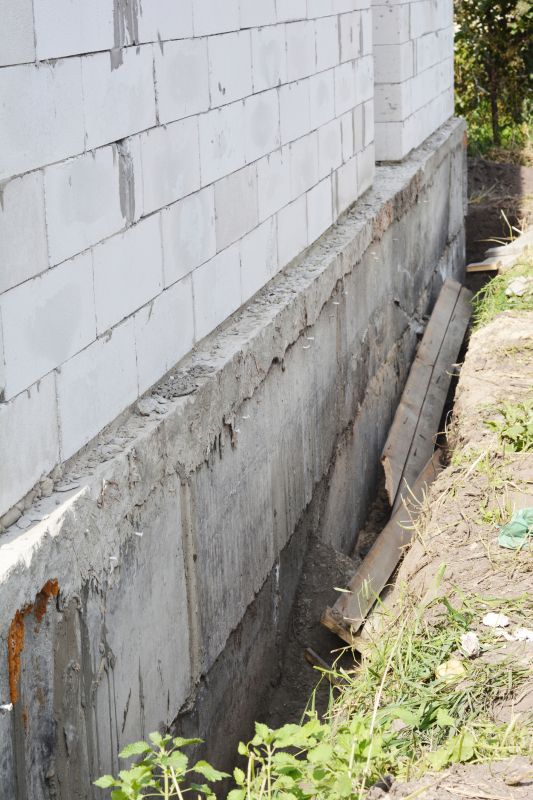
Springtime repairs benefit from moderate moisture and soil conditions.
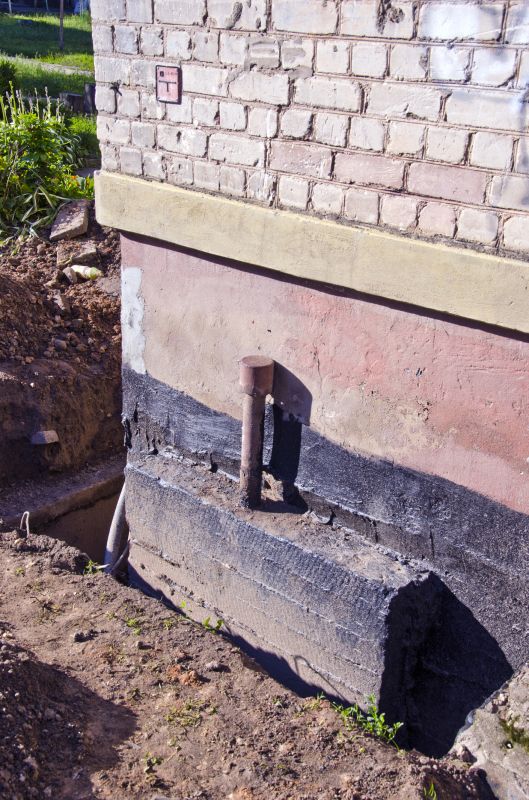
Summer allows for longer working hours and stable weather conditions.
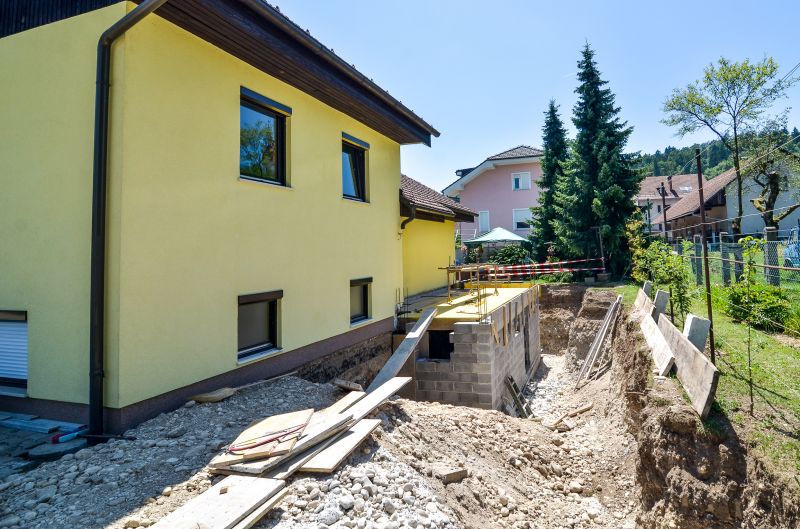
Fall offers cooler temperatures ideal for foundation stabilization.
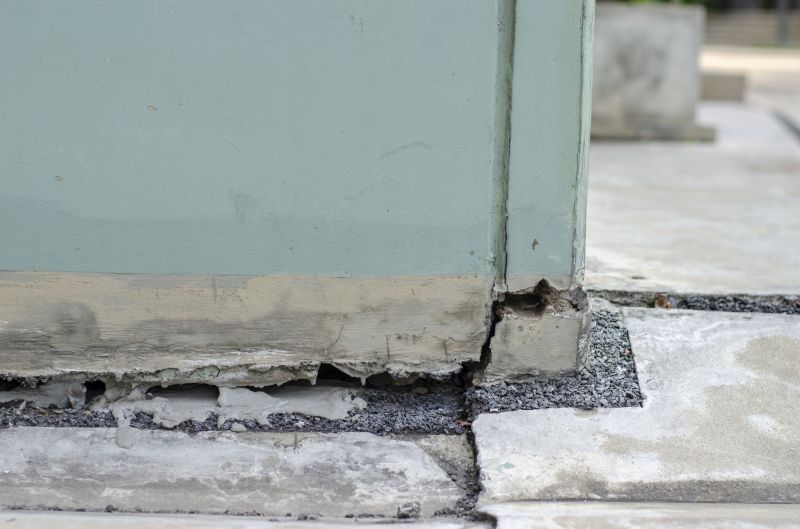
Winter is less suitable due to cold temperatures and potential for frost.
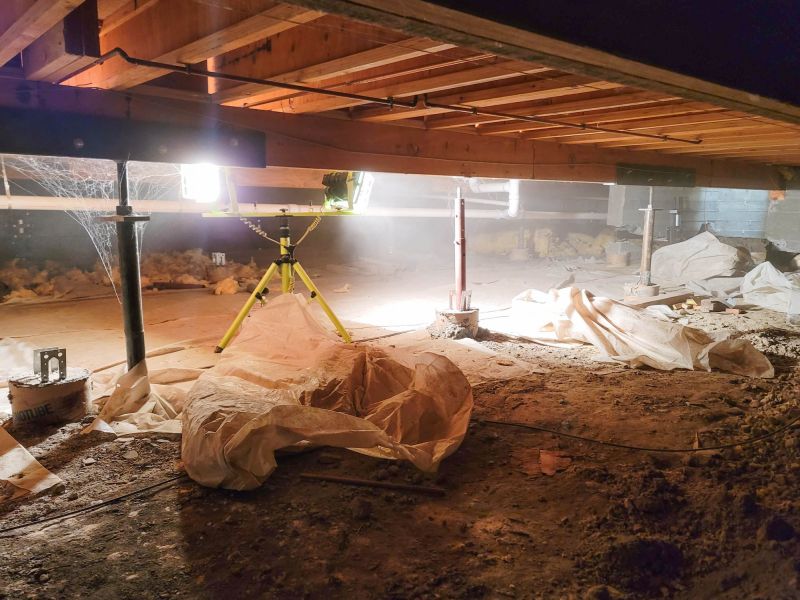
Ways to make Foundation Repairs work in tight or awkward layouts.

Popular materials for Foundation Repairs and why they hold up over time.

Simple add-ons that improve Foundation Repairs without blowing the budget.
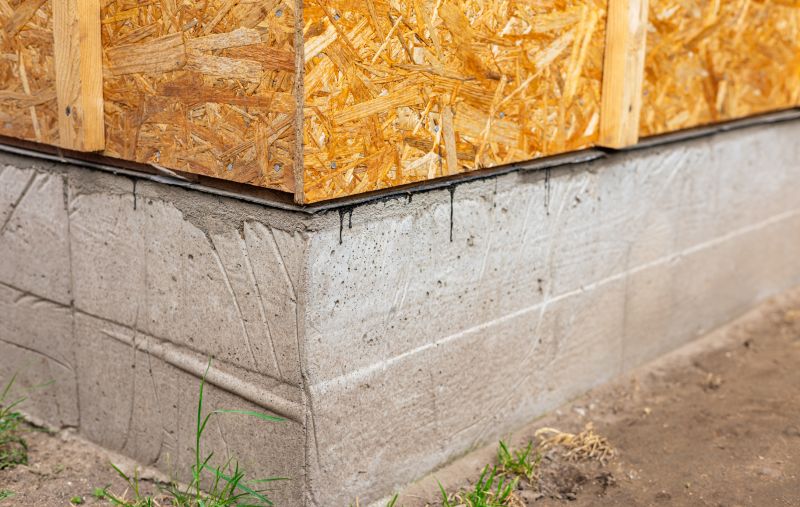
High-end options that actually feel worth it for Foundation Repairs.
| Season | Ideal Conditions |
|---|---|
| Spring | Moderate temperatures, increased soil moisture |
| Summer | Stable weather, longer daylight hours |
| Fall | Cooler temperatures, dry soil |
| Winter | Cold temperatures, potential frost |
Foundation repairs address issues such as settling, cracking, and shifting caused by soil movement and moisture changes. Proper timing ensures that repairs are durable and effective. Soil conditions and weather patterns significantly impact the success of foundation stabilization efforts. Repair methods may include piering, underpinning, or slab jacking, each requiring specific environmental conditions for optimal results.
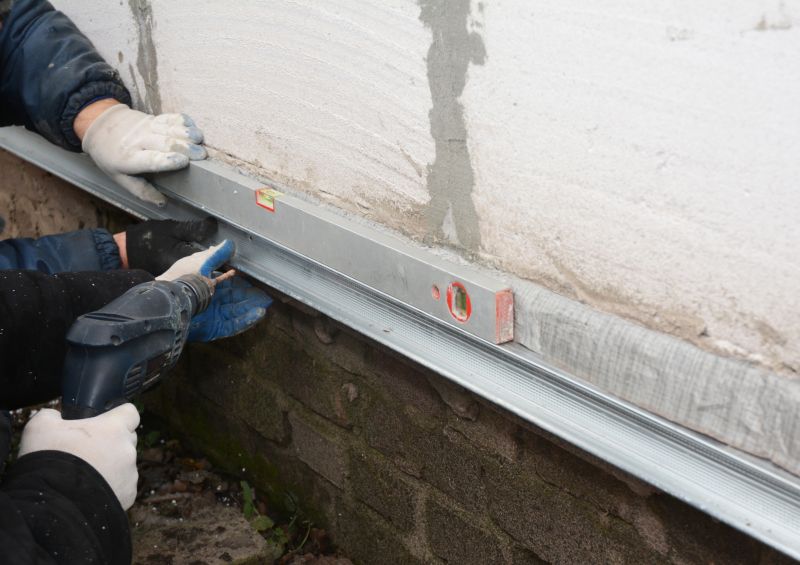
Visual documentation of foundation stabilization techniques.
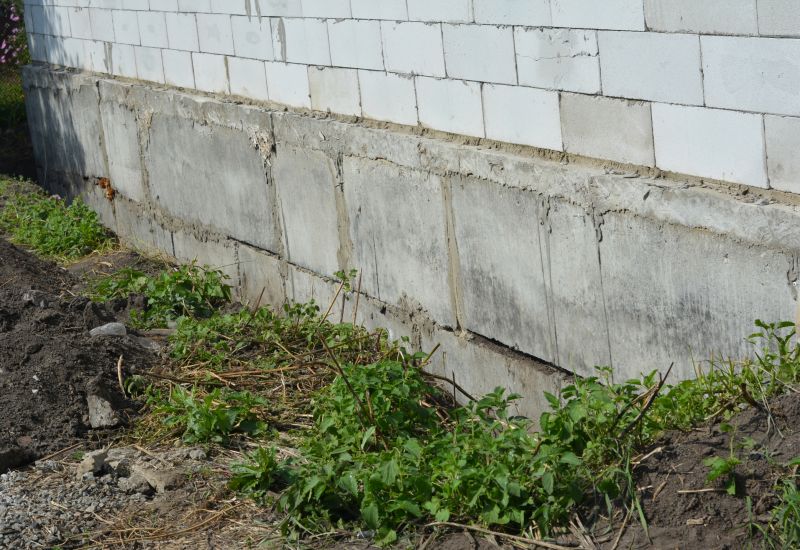
Images showing soil preparation for repairs.

Photos of underpinning methods used in foundation repair.
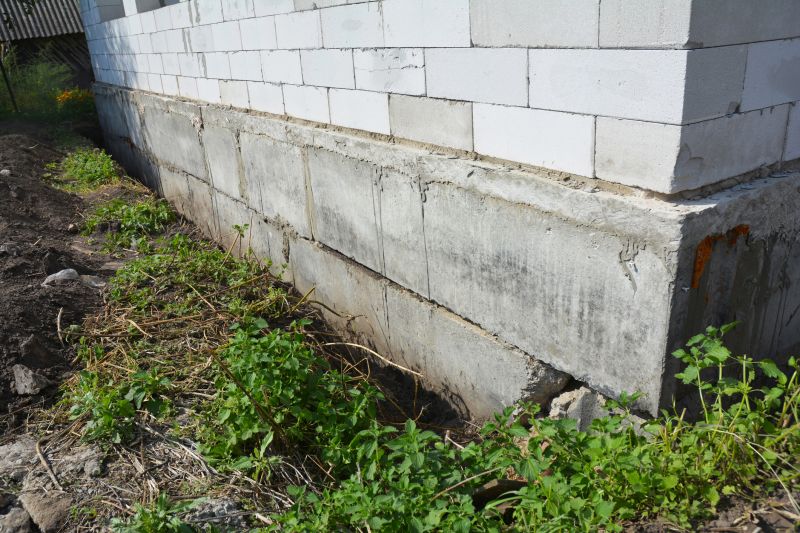
Before and after images of successful projects.

Finishes and colors that play nicely with Foundation Repairs.
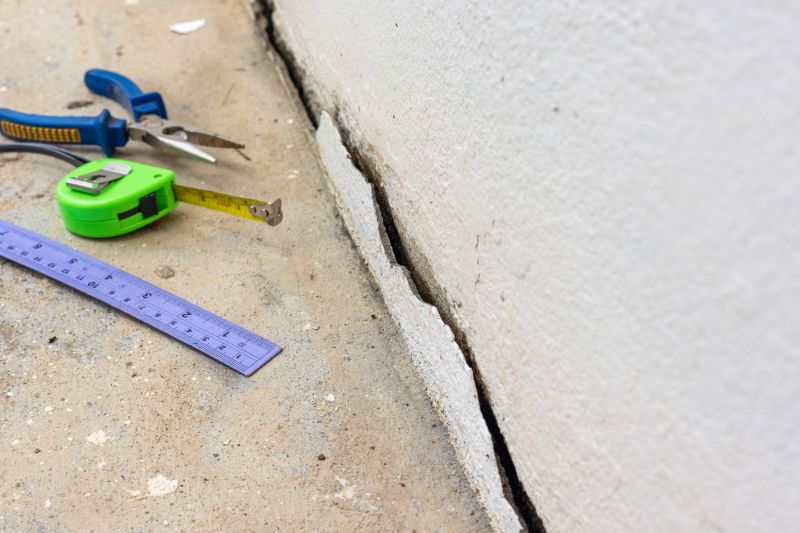
Little measurements that prevent headaches on Foundation Repairs day.
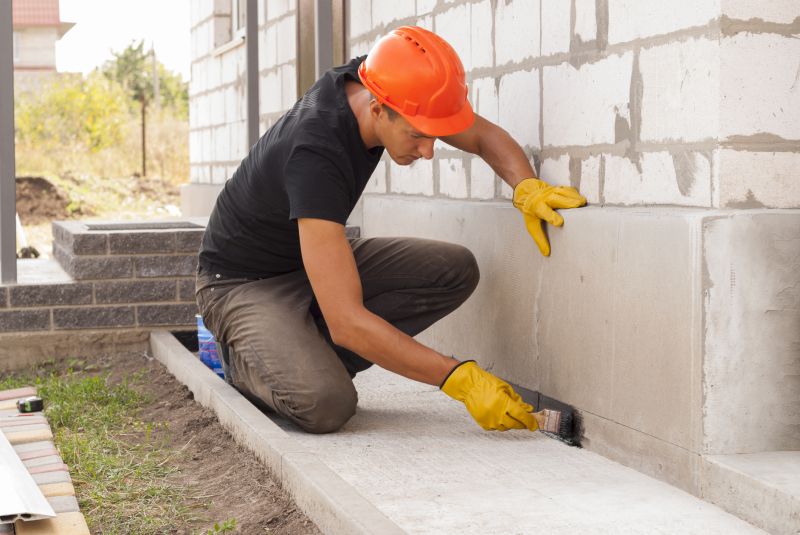
A 60-second routine that keeps Foundation Repairs looking new.
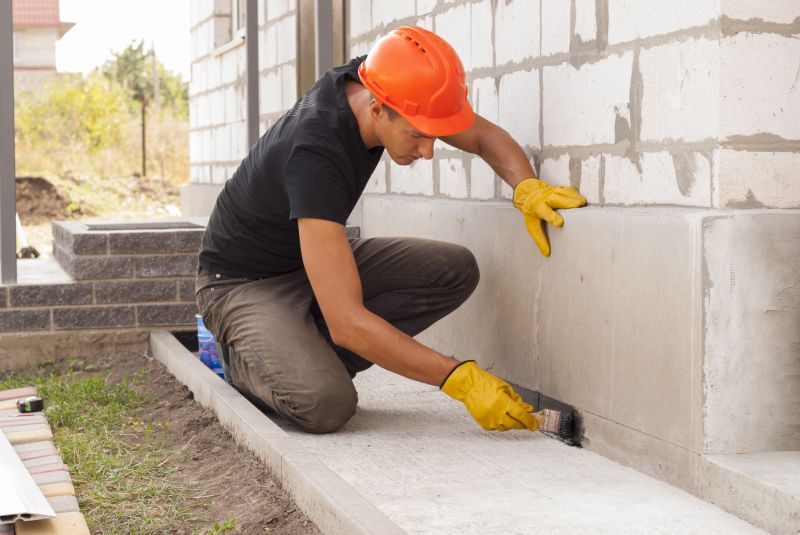
A frequent mistake in Foundation Repairs and how to dodge it.
Timely foundation repairs help prevent further structural damage and costly future repairs. Recognizing early signs of foundation issues and scheduling repairs during appropriate seasons can extend the lifespan of a property’s foundation. Consulting with foundation specialists can provide tailored recommendations based on local soil and weather conditions.
